Grytviken, South Georgia Island (2019)
On the morning of February 9 we were anchored in King Edward Cove near the abandoned whaling station of Grytviken. There was a welcoming committee of King penguins on the beach nearest the ship.
Founded in 1904 by Carl Larsen (who also captained the ship Antarctic for the Swedish expedition discussed in “Antarctica (Day 3)”), Grytviken was the largest whaling station on the island until it was shut down in 1966 when whales had been reduced to an unprofitable level. Almost 175,000 whales were killed and processed at Grytviken during that time, producing some 9 million barrels of oil.
It is very unusual for a ship the size of Prinsendam (about 850 passenger capacity) to visit Grytviken, and the rumor was that this will be the last time it is allowed. This is due to the extreme environmental vulnerability of South Georgia Island to invasive species. The island has no native land mammals, just birds and sea life. But after publication of Captain Cook’s journal of his visit to the island, which mentioned the abundance of fur seals (some 95% of the world’s fur seals breed here), sealing ships headed there and virtually decimating their population between 1786 and 1802. At one time fur seals were thought to be virtually extinct, but they have made an amazing comeback in the 20th century and today there are literally millions of them breeding on South Georgia. Rats hiding on board these early sealing ships spread throughout the island, since there were no predators to control them, devastating the bird population. In addition, in 1911 Carl Larsen brought a few reindeer to be released on the island for hunting and increase the meat supply. But as they spread they caused a great deal of environmental damage to some of the best vegetative areas supporting bird and sea life, particularly after hunting came to a virtual standstill after the closure of the whaling stations in the 1960’s.
Today there are no rats or reindeer on South Georgia, thanks to very ambitious eradication efforts and continuing vigilance against new invasions. More than 7,000 reindeer were killed between 2012 and 2015, many providing meat for consumers. The rat eradication program has just recently been declared a complete success after follow-up efforts found no rats at all on the island. This was difficult because if even a few rats had been missed they would multiply and reoccupy the area quickly. Meanwhile, the South Georgia administration is anxious to prevent rats, or any other kind of invader, from entering. In our case, everybody intending to go ashore had to have their clothes checked for dirt or vegetation and their shoes washed a day or two before arrival. We were told that for several weeks before our arrival island representatives were onboard searching for hidden rats or mice. And to ensure minimal damage to the site from tramping tourists, everyone was allotted just a two hour interval that we could spend on shore. Also a number of crew members received training to serve as monitors to ensure no one went beyond the permitted area and to protect the wildlife from interference by the passengers.
We had been concerned after the extremely windy and cold weather the day before that we might not be able to tender ashore here. But it turned out to be an absolutely gorgeous day in Grytviken. We were told that they have only 2 or 3 days like this per year and that the day after our visit there was a snowstorm. So we were VERY lucky! We tendered to the whaling station in the late morning, passing swimming seals on our way to the tender dock.
There had been some disagreement among the team of Antarctic experts on the way here about whether the seals and penguins would still be here when we arrived. We were told that when Craig Franklin, the naturalist, arrived in the first tender he called out with relief: “They’re here!” (which he had predicted). The first tender carried only crew, to enable them to establish their perimeter positions before the passengers arrived. When we arrived, the area near the dock was teeming with fur seals and King penguins enjoying the rare sunny day.
When the whaling station closed for good in 1966 removing the equipment apparently was not worth the trouble and expense. So most of it is still there, rusting away, although an effort was made to cleanse it of any unsafe or toxic elements. Some areas are still too unsafe to enter (unless you are a penguin or a seal), but there was plenty of room to walk around and see everything. We will not go too deeply into the bloody processing of the whales, but the carcasses were butchered on the flensing platform in the first picture below, then the oil was extracted in boilers and pressure cookers. Twenty five whales could be processed each day, yielding tremendous amounts of whale oil.
Quite a few seals were in the water and a field near the rusting structures sleeping, playing and generally enjoying the sunny weather. There seemed to be a great deal of nuzzling going on, which we presumed to be friendly play. Most, if not all, of the seals we saw were females or pups. The males were pretty much gone by now (not the nurturing type). The pups tend to be darker and the females gray, often with a lighter color on their stomachs. The males are dark brown. The pups are born in November or December, so they were two or three months old when we visited. They are weaned at 4 months and head out to sea alone to fend for themselves.
Some seals were on a rusty girder in the water.
There are three must-see landmarks in Grytviken and we had only two hours total to spend on the island, so we set off for the cemetery. Guess what we saw on the way? If you said penguins and seals you were on the money. King penguins are funny to watch. Unlike most of the other penguins, they walk with their beaks in the air looking very snooty.
Many of the penguins were molting this time of year, which we were told consumes most of their energy. The chicks looked particularly sad, with a lot of their baby brown feathers still clinging to them, revealing the penguin coloring below as they fell off.
As we neared the cemetery we came upon a large group of elephant seals. These were all females, as the males had all left the island for the year. Like the penguins, they were molting. As mentioned above, molting takes a lot of energy and these seals were just lying around looking like they had no energy left at all. Unlike the more distinctive (and several times larger) males, the females do not have a disproportionately large nose. After being hunted almost to extinction in the 19th century by sealers, they have come back to a population of about 400,000 that breed on South Georgia island (more than half the world’s population), about a third of those breeding females. The females are up to almost 10 feet long and weigh up to almost 2,000 pounds.
The Grytviken cemetery contains some 64 graves. Most were whalers living at Grytviken and a few were probably sealers buried in this location during the 19th century before Grytviken was built. Situated on a grassy ledge above the water with a fine view of the whaling station, the cemetery is surrounded by a fence to protect it from seals. Felix Artiso, whose grave cross is in the pictures below, was an Argentine killed when they took possession of Grytviken at the beginning of the Falklands War
The most famous grave here is that of Ernest Shackleton, the Antarctic explorer we have discussed in several previous episodes. Of course, South Georgia is where his odyssey ended, after his harrowing trip in a lifeboat from Elephant Island. More about that later, but he died of a heart attack near here in 1922 on board the ship Quest, setting out for another go at Antarctica. While his body was on its way to England for burial Shackleton’s widow requested that he be buried instead at Grytviken. The doctor who attended him in has last days on the Quest wrote: “I think this is as ‘the Boss’ would have had it himself, standing lonely in an island far from civili[z]ation, surrounded by stormy tempestuous seas, & in the vicinity of one of his greatest exploits.” Just to the right of Shackleton’s grave are the cremated remains of Frank Wild, Shackleton’s longtime friend and associate, after whom Point Wild on Elephant Island was named. The small stone identifying him as “Shackleton’s Right Hand Man.” Wild died in 1939 in South Africa and was originally interred in a cemetery in Johannesburg, but were moved here in 201l with a service attended by descendants of both Wild and Shackleton.
Our shore time was beginning to run low as we left the cemetery and we still had two sites to visit. It will surprise no one the hear that as we walked back along the shore the penguins and seals were still there.
About halfway there we were stopped by the monitors at a penguin crossing. A number of penguins were ambling in leisurely fashion between the grass and the water. It was 10 or 15 minutes before we could go on, a big chunk of our remaining time ashore. But while we waited we took some pictures with the penguins. Two more things were near this spot. There is not much in the way of flowers at Grytviken; these Acaena Magellanica were the only ones we noticed. We spoke earlier of the indigenous birds destroyed on South Georgia by the rats. Some survived in small numbers on outlying islands and are now making a comeback on South Georgia. Among these is the South Georgia Pipit, a small brown bird found nowhere else in the world, which nests on the ground (thus the vulnerability to rats). One was wading in the water by the shore.
When we finally got back to the station we walked a little way uphill to visit the Norwegian Lutheran Church. Erected in 1913, it was originally built in Norway then shipped here for final construction. No longer Lutheran, it was given to the United Kingdom in 2013 and is now part of the Anglican diocese. The church had a pastor only from 1913 to 1914, but the community continued to hold meetings and ceremonies and celebrate holidays here. This is where Shackleton’s funeral was held in 1922. It was renovated in 1998.
Two other things to note on the inside of the church. First is the library, through a door to the left of the altar. Even out here people apparently liked to read. It is still stocked with the original books in Norwegian. And on the left of the main room are busts of Carl Larsen, the founder of Grytviken and of the church, and Ernest Shackleton (of course).
It was only a short walk back down the hill to the Grytviken Museum, which was originally built in 1916 to be the house of the whaling station manager, Carl Larsen. Sadly, our time was running out (actually had run out, but we decided that the 15 minutes we lost at the penguin crossing should be restored to our shore time). Thus we didn’t have much time to spend examining the extensive and interesting looking exhibits. The museum, which opened in 1991, also had a very nice gift shop. In the museum was an impressive stuffed (we think) Wandering albatross, a huge bird whose wings stretch from floor to ceiling. There was also a room apparently named after our son in law, Michael Jarvis.
But the best thing there was a full size reconstruction of the James Caird, the lifeboat in which Shackleton and four of his men sailed through rough seas and weather from Elephant Island to South Georgia Island. You may recall from the last episode that our trip between those islands took less than a day, but the Shackleton party spent 15 days in that tiny boat in Antarctic waters before reaching land, having to wait an extra day off shore because of a hurricane. But they were on the wrong side of the island, so they had to hike over the treacherous snowy mountains, at one point sliding blindly down a steep incline in sitting position, before reaching the whaling settlement of Stromness, not too far from Grytviken. It is said that Shackleton refused to take more than four weeks’ rations along, because if they didn’t reach land by then they were goners. And what did they eat on the trip? One biscuit a day for each man. When you look at this boat it is hard not to doubt that it was even possible.
Leaving the museum we began heading back to the tender dock for the trip back to Prinsendam, with a few final pictures on the way. In addition to the rusting whaling station structures in this area there were some old whaling boats grounded near the water. One of them, the Petrel, was built in Oslo in 1928, spent three decades hunting whales, then was used in its final years to hunt seals along the shoreline of the island. The harpoon gun on her bow is now pointed inland, away from any whales that might happen by. Some of these pictures give a pretty good look at the snow capped mountains that surround Grytviken.
Our time was up so we boarded the tender back to the ship. Oddly, we had to have our shoes cleaned again before boarding the tender. We don’t know why, since it is hard to imagine how the island could be damaged when we were leaving it. Back on the ship we found that the local post office (it seems to be stationed in the museum) had sent people on board to sell stamps and postcards. We sent a few of those (they weren’t cheap), then went to a presentation. Right next to where the ship was anchored is a British Antarctic research station. This was a military barracks after the Falklands War but was handed over for civilian use in 2001. Ten or twenty people live there, including research scientists as well as the magistrate for the British territory that includes South Georgia and the South Sandwich Islands. A few of the researchers came aboard Prinsendam to tell us a little about their research and life at the station.
Late in the afternoon we sailed out of King Edward Cove and headed northwest along the coast of the island. The Captain wanted to take us into a neighboring bay to see the old Stromness whaling station, where Shackelton’s journey ended with a knock on the door of the first house he found. But the high winds and fog were back in force as soon as we left King Edward Cove, making this impossible. So this was the end of our amazing South Georgia Island adventure, and we will leave you here with a last look at Grytviken just before we sailed away.


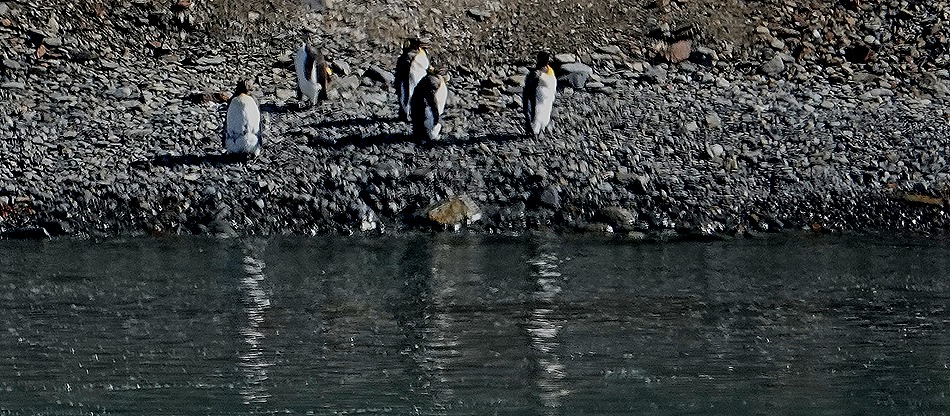
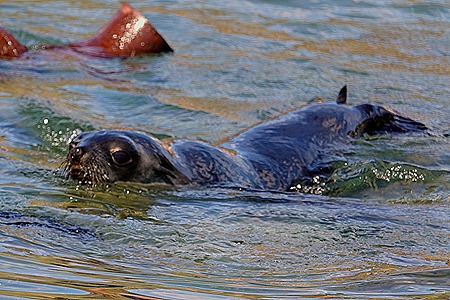


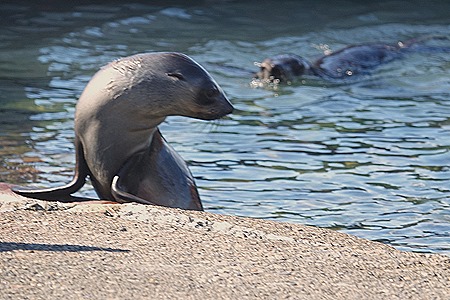

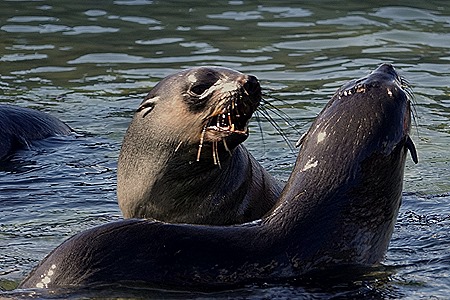
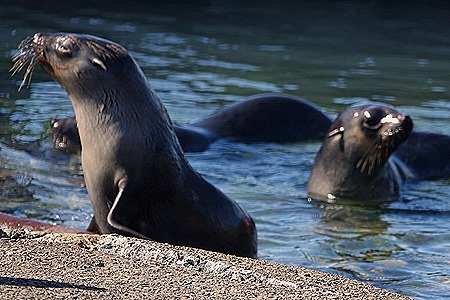

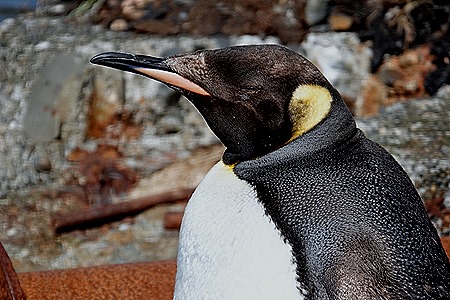
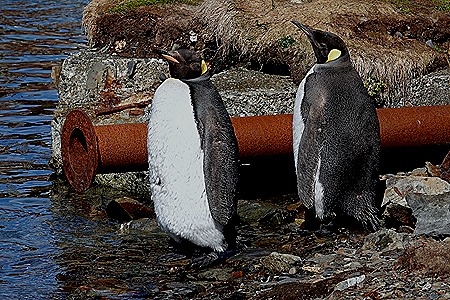
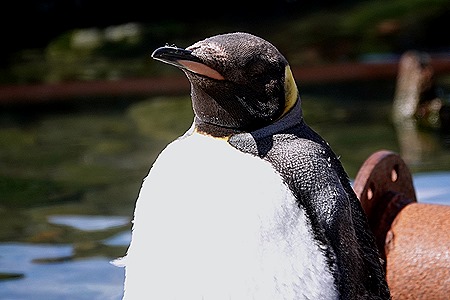

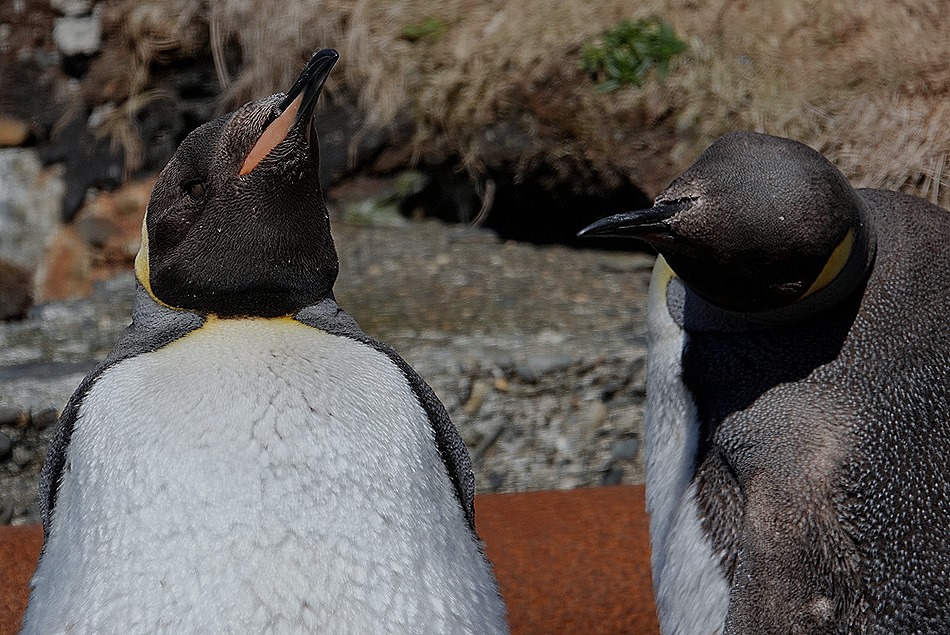
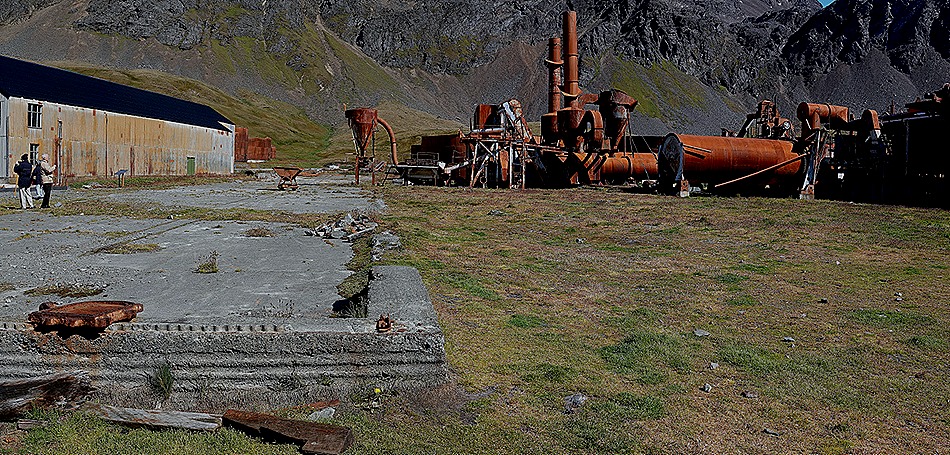
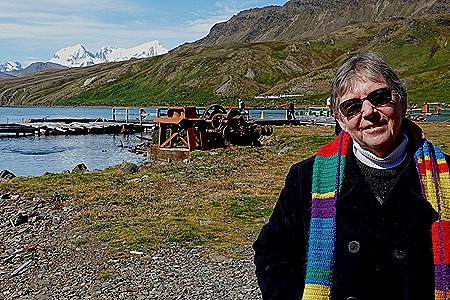
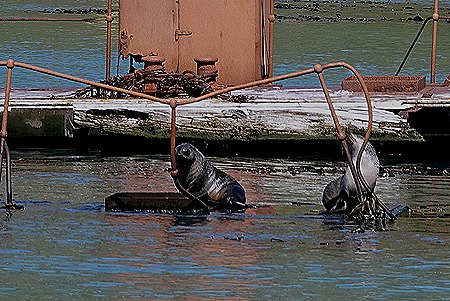
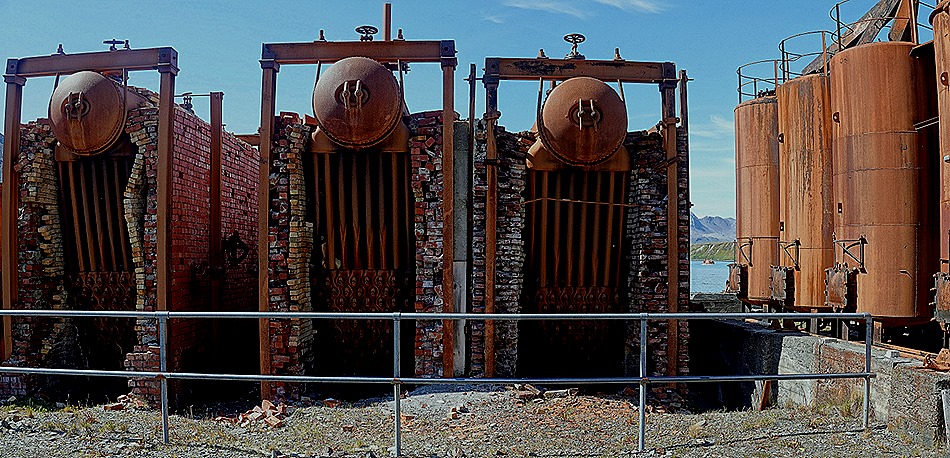
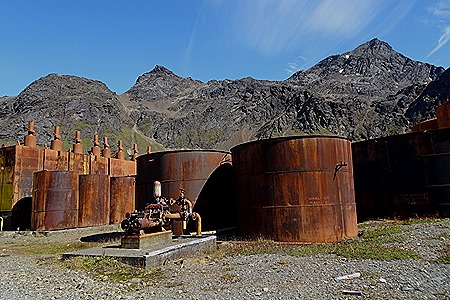
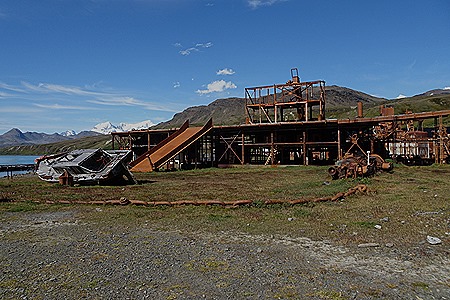
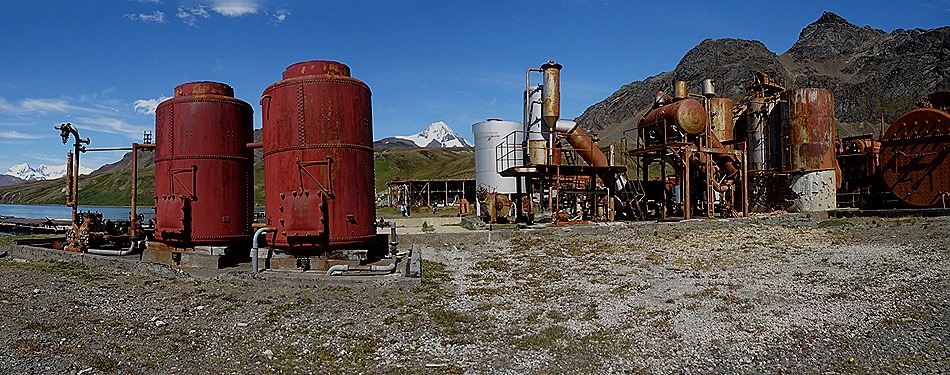
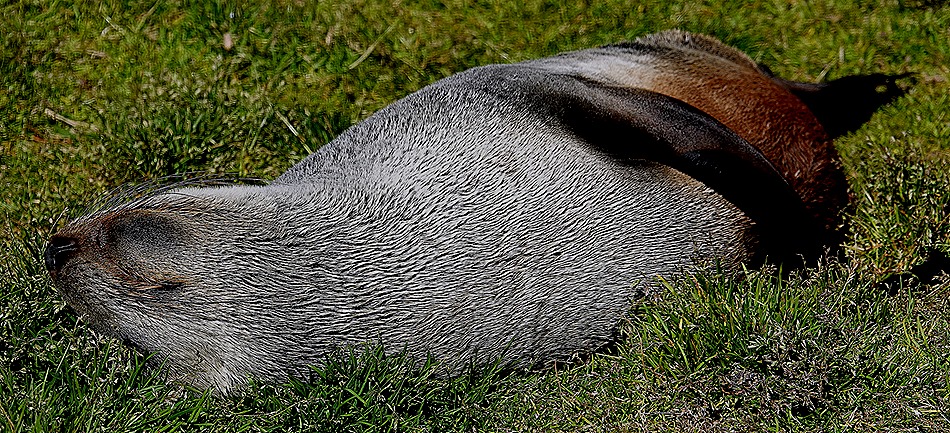
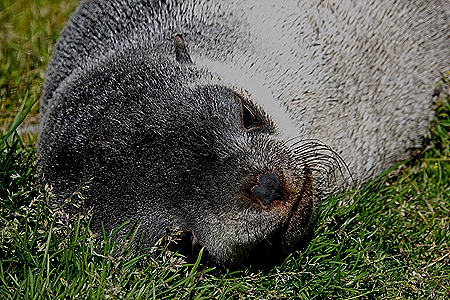
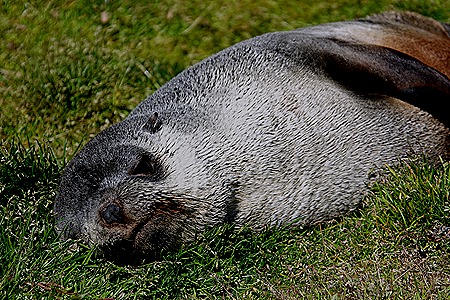
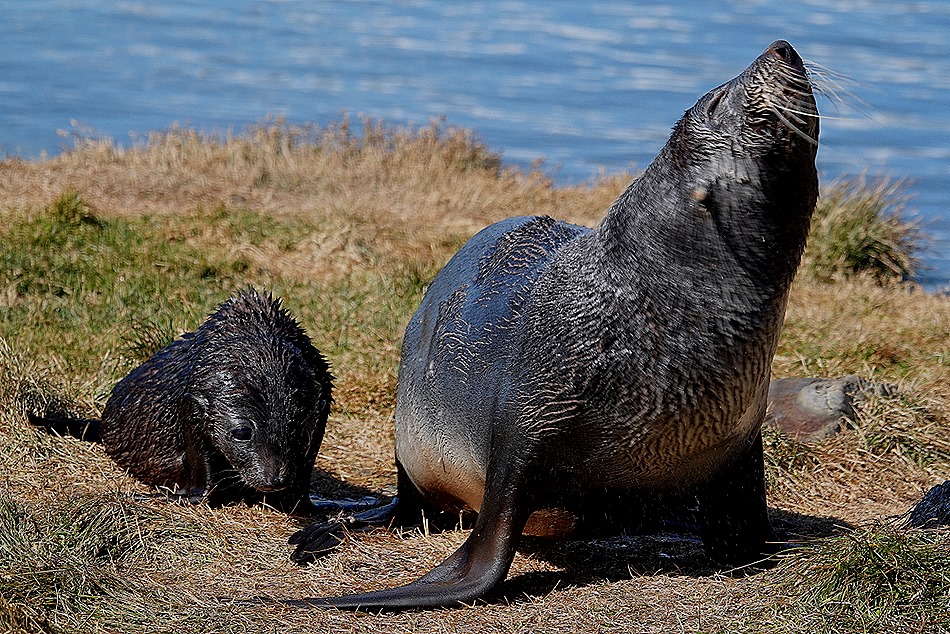
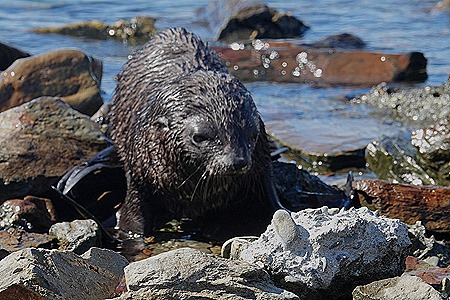

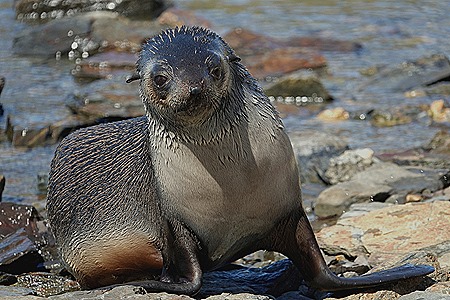
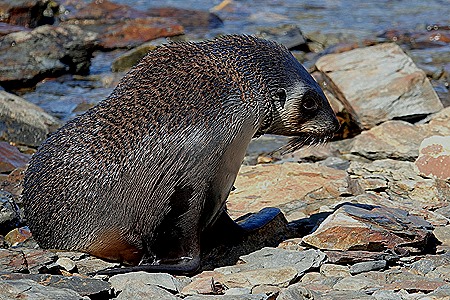
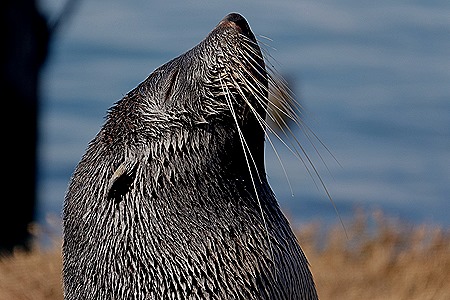

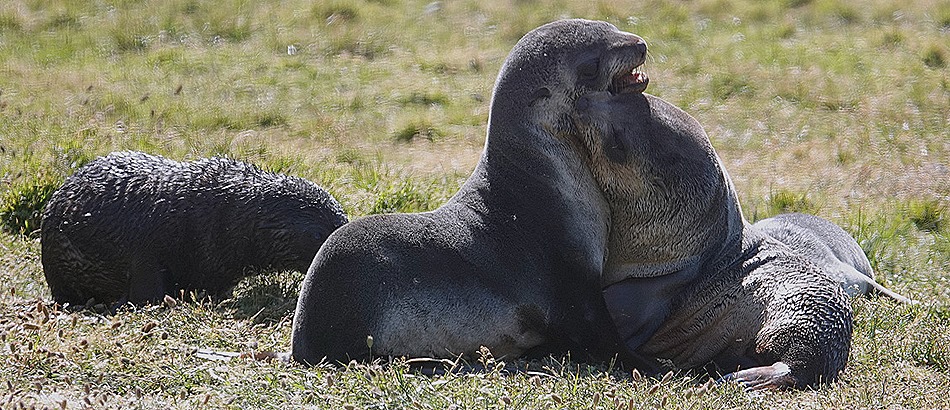
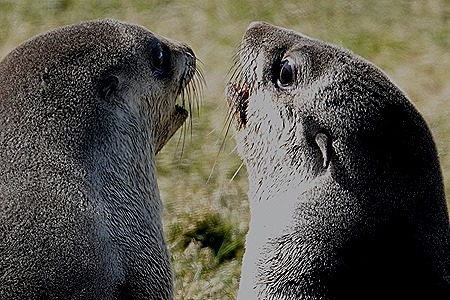

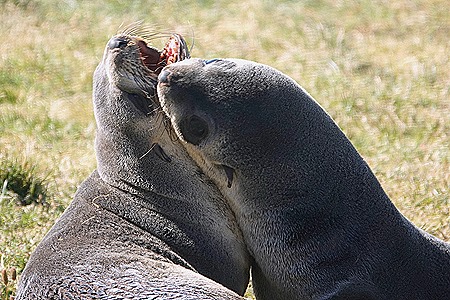
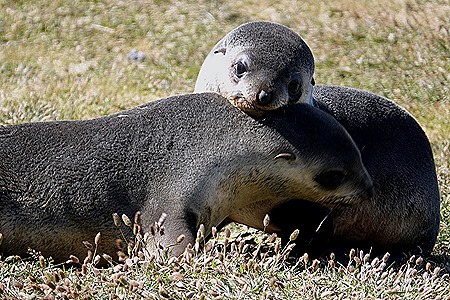


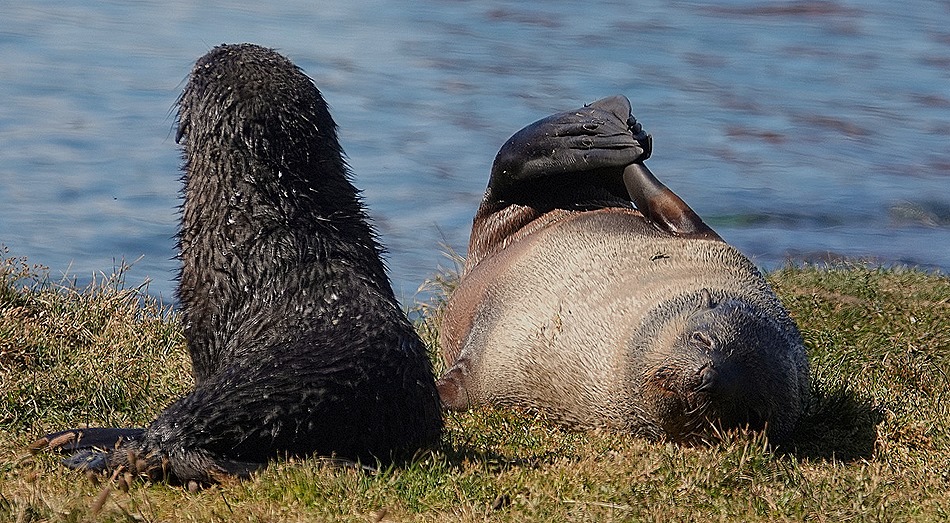
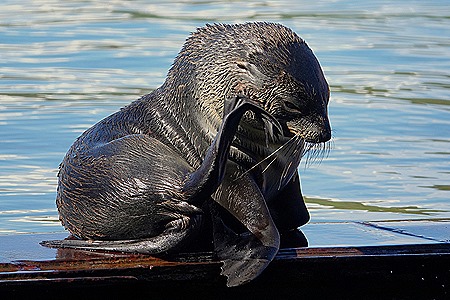
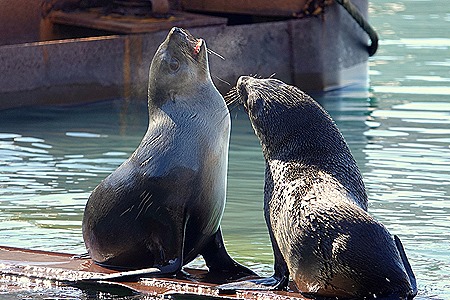
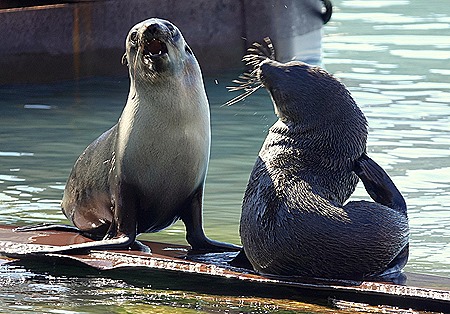
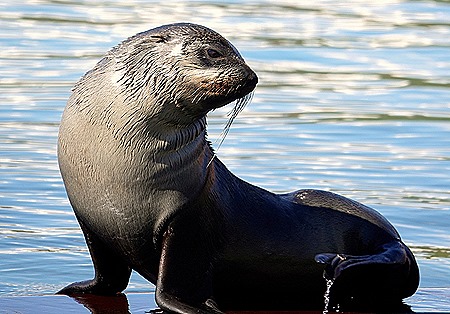



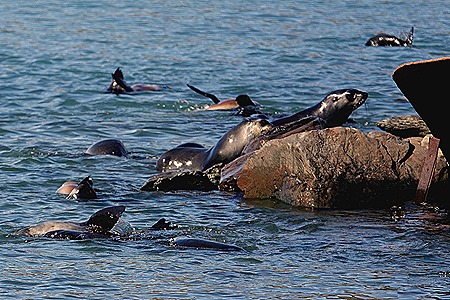

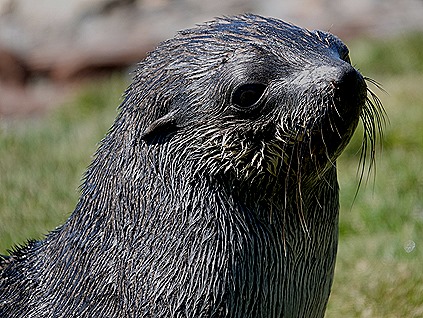
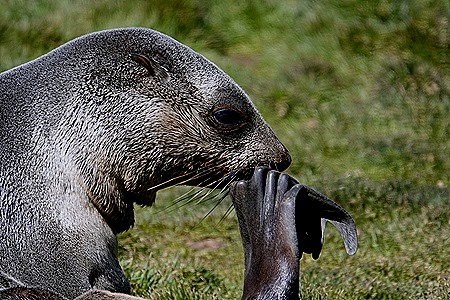
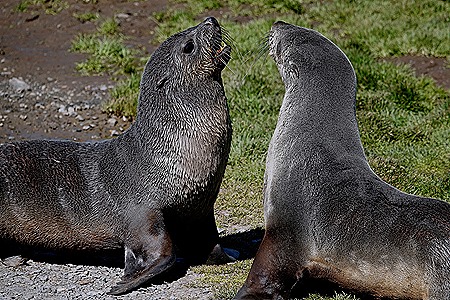
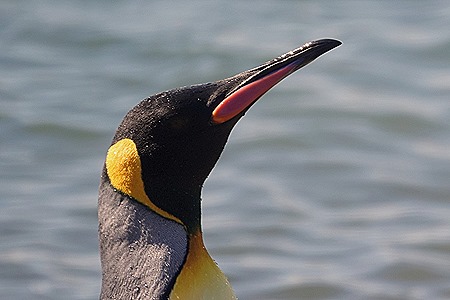
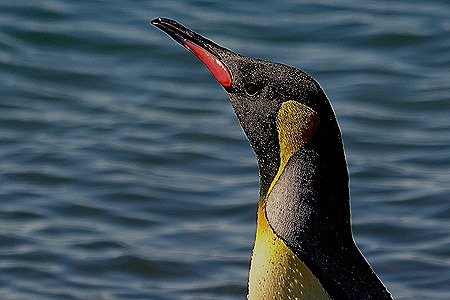



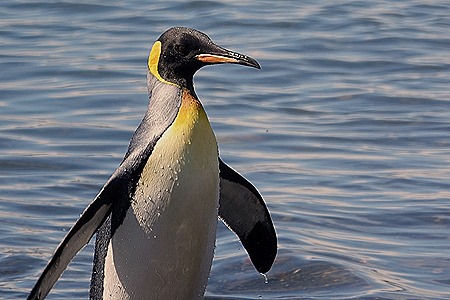
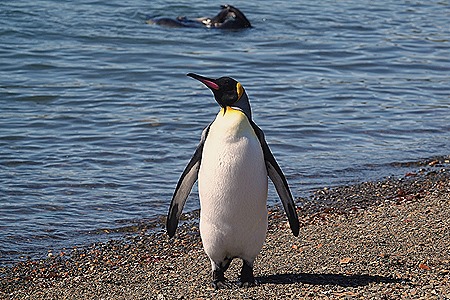

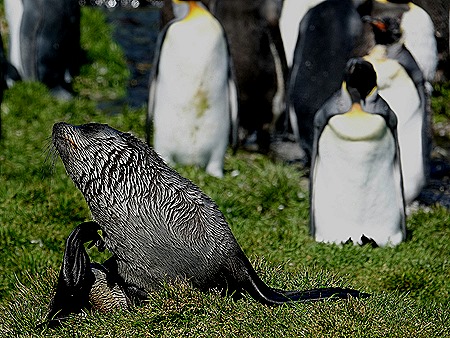
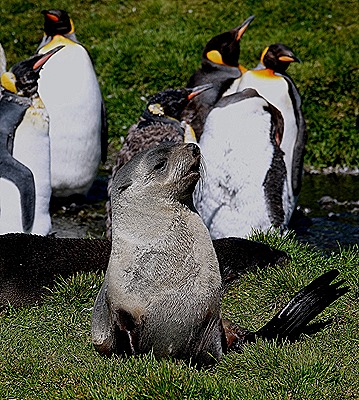

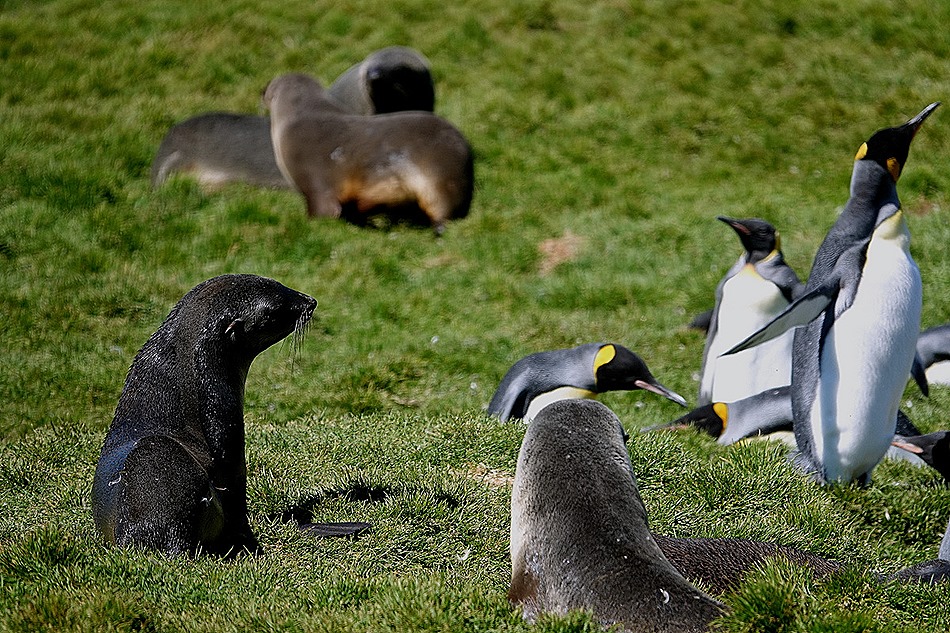
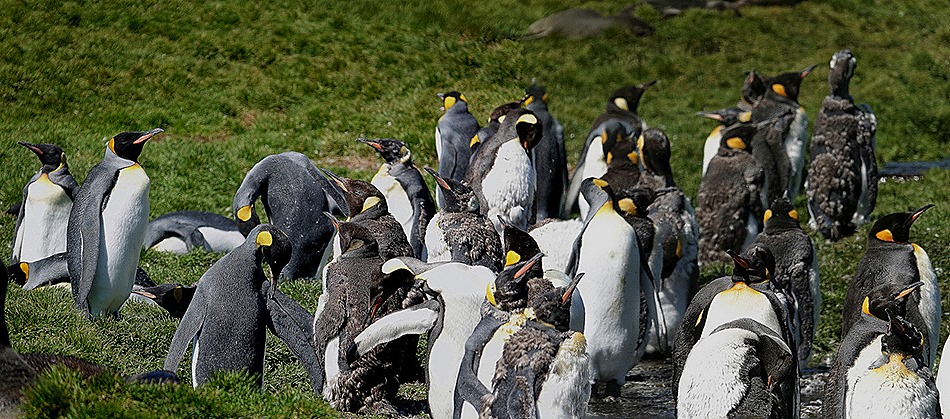


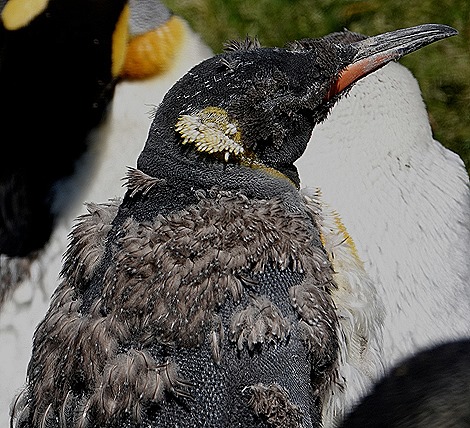
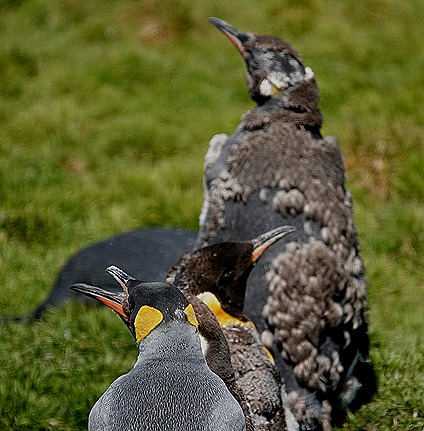
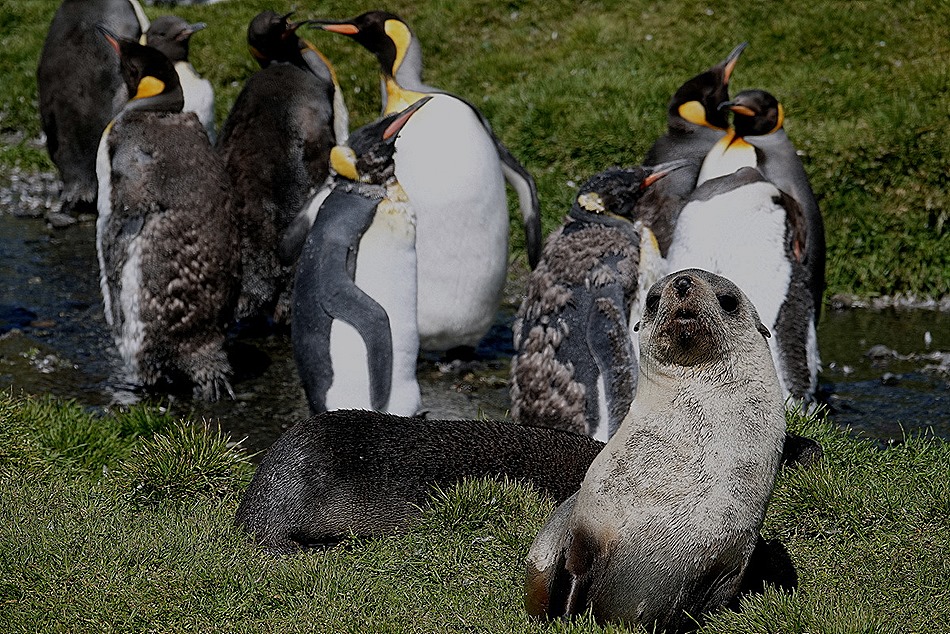

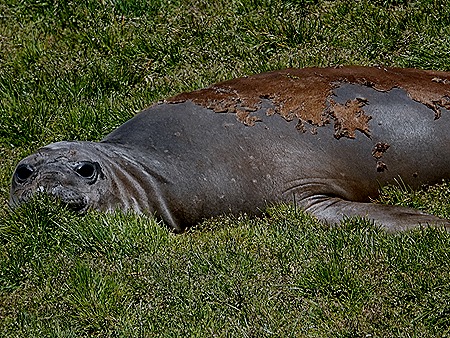
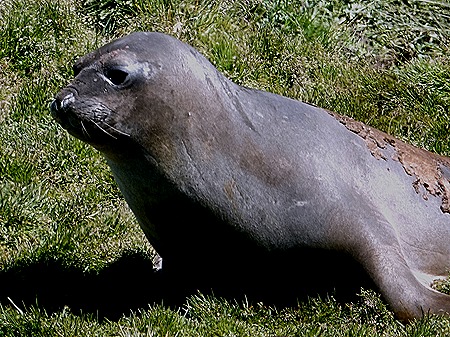


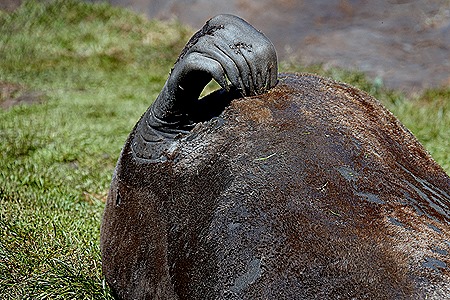


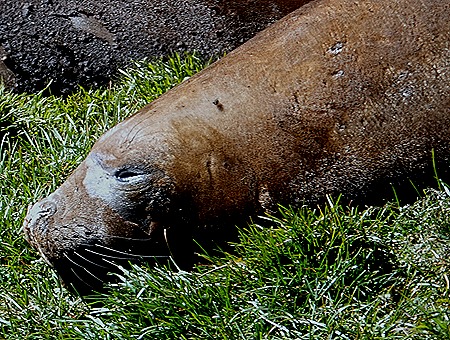

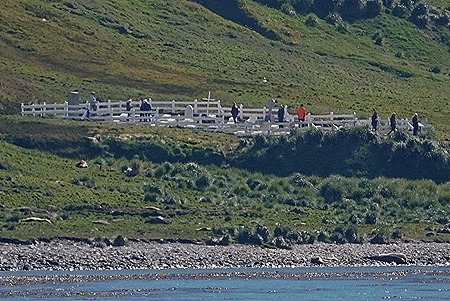

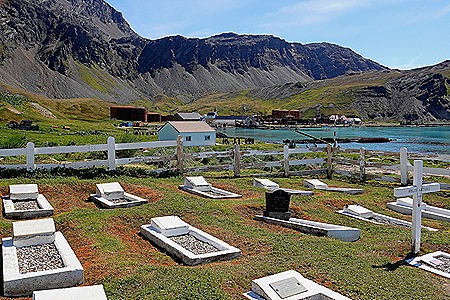
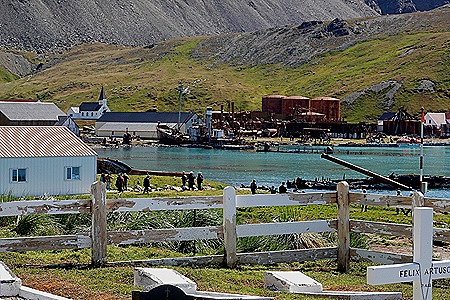

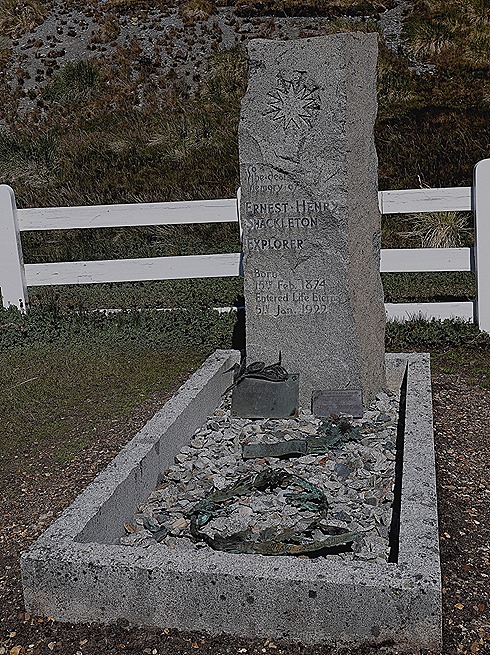
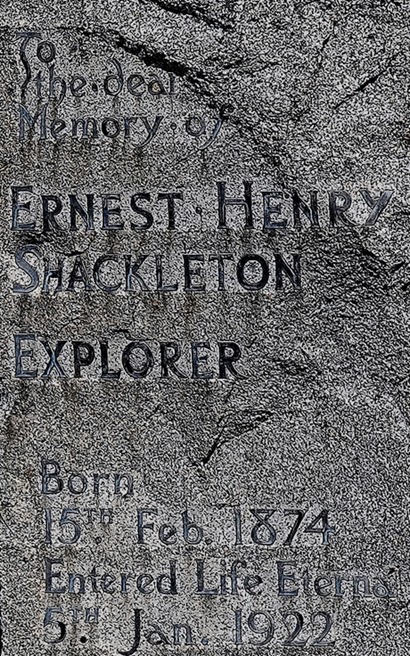

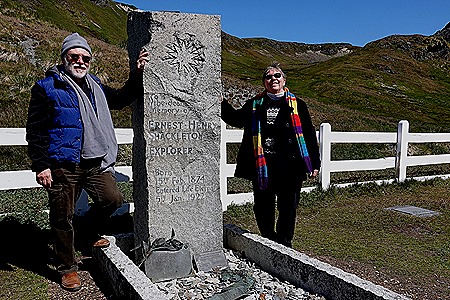

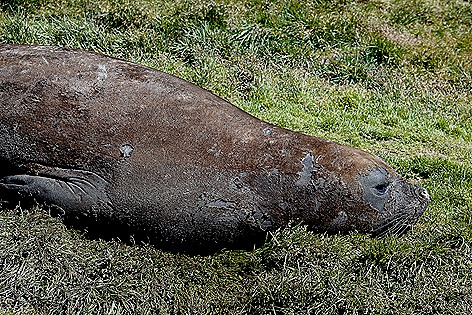



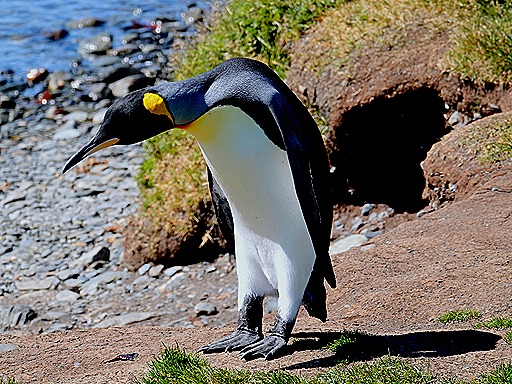
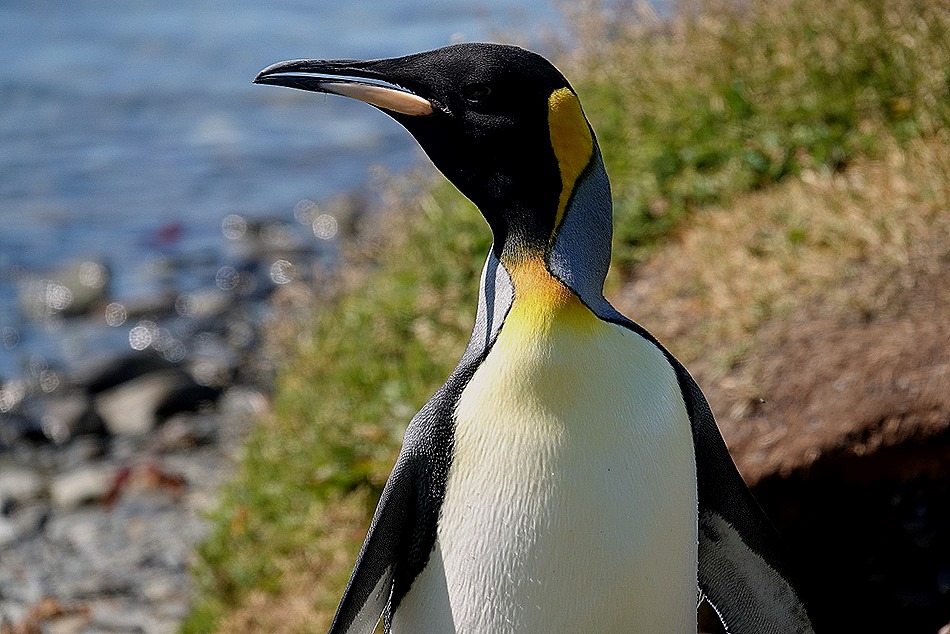
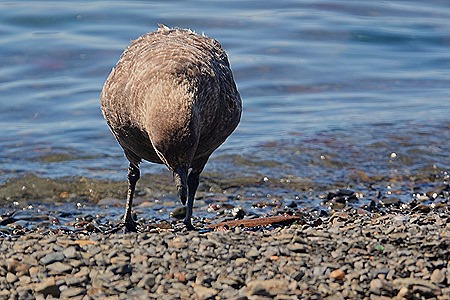
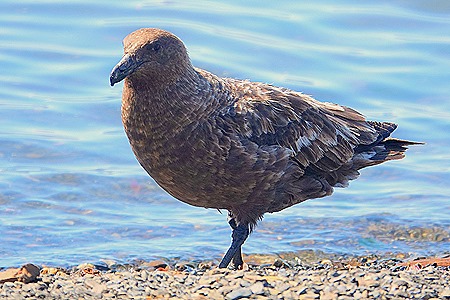



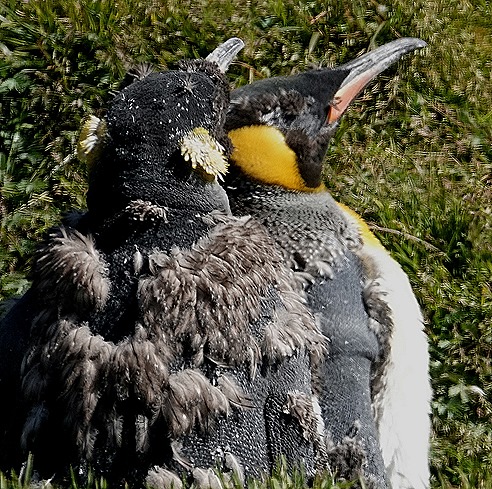
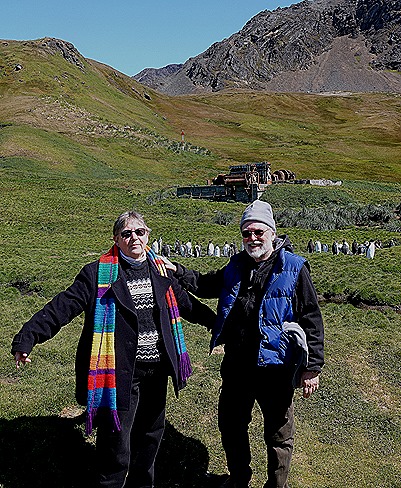
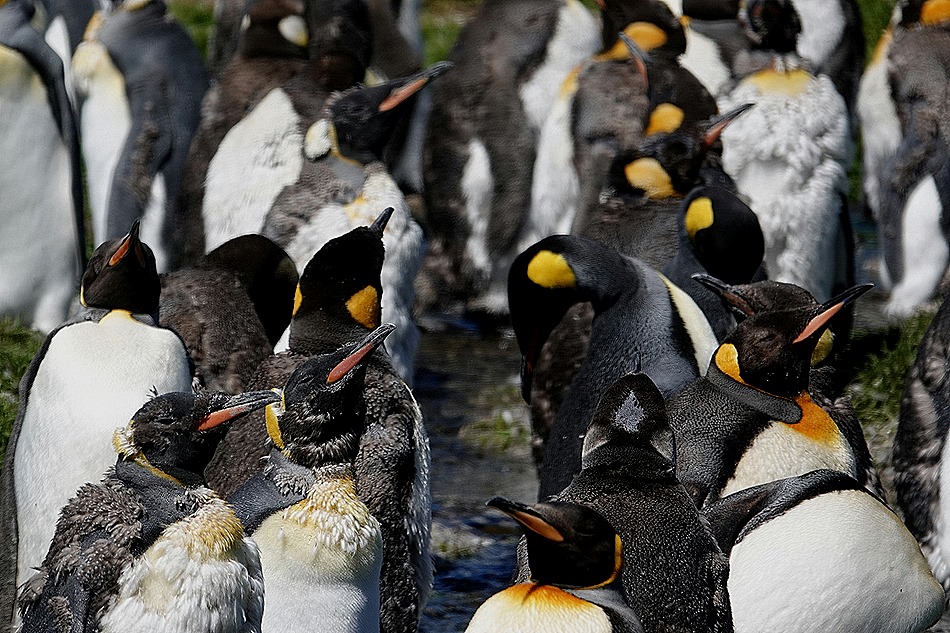

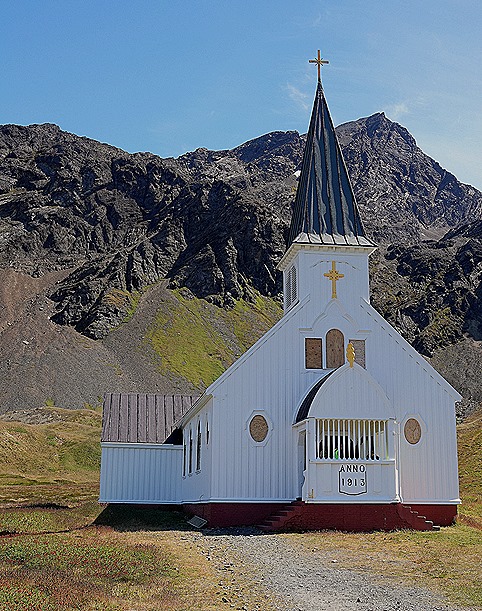
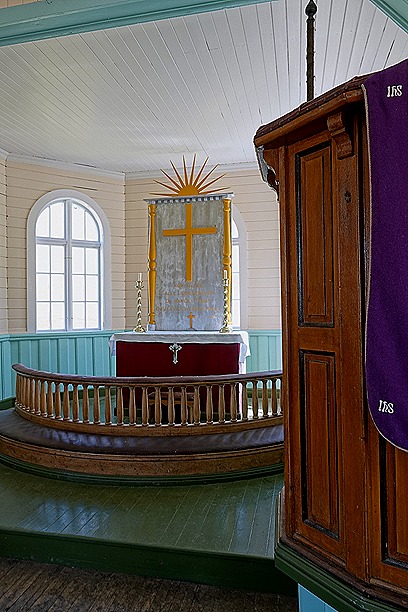
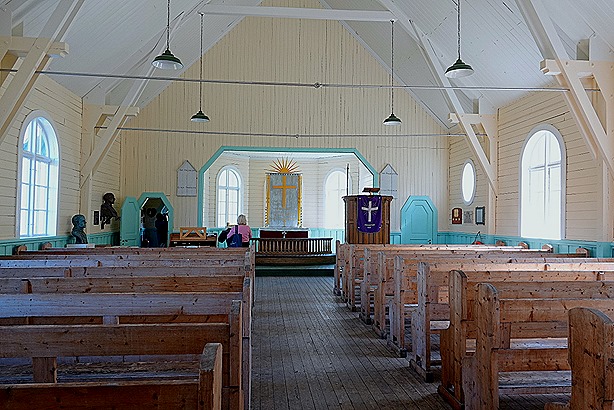
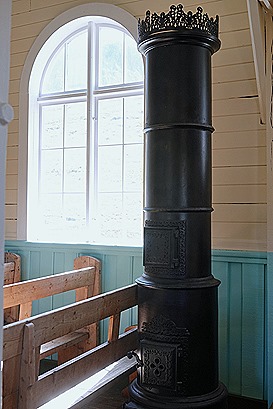
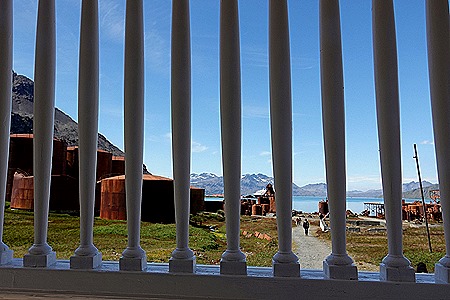
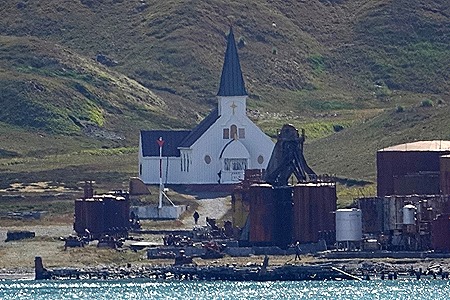



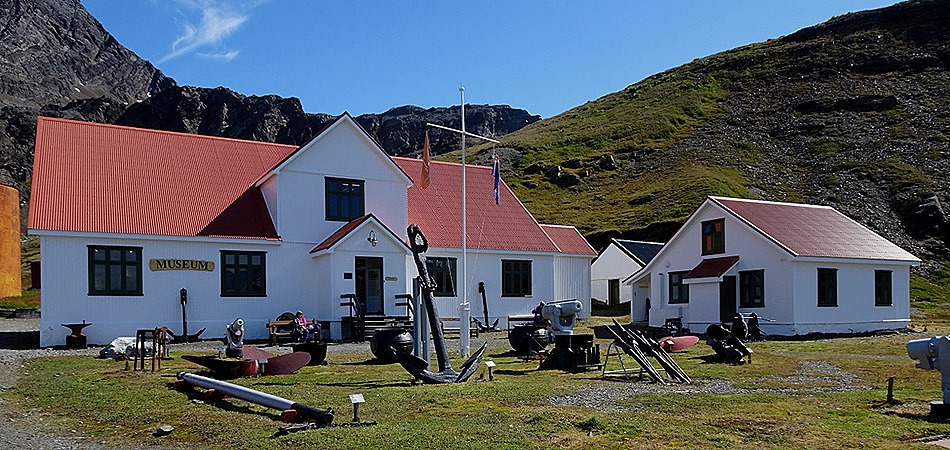
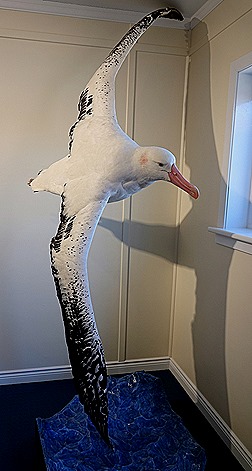
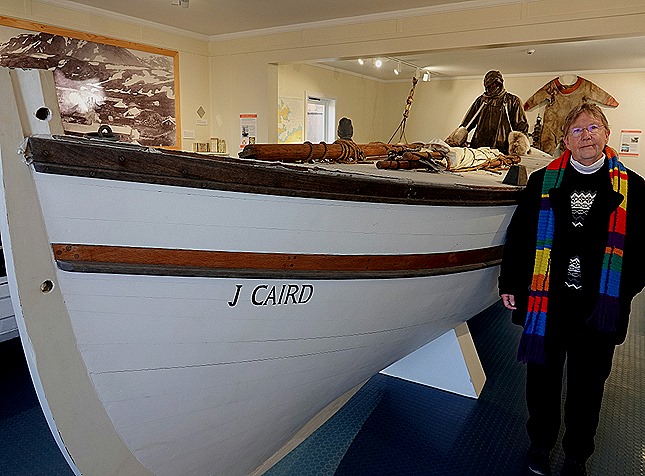
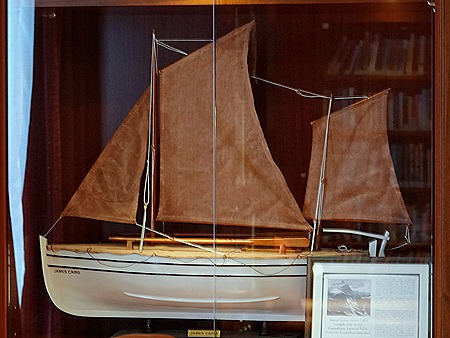
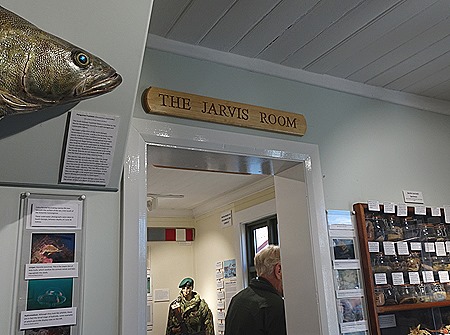
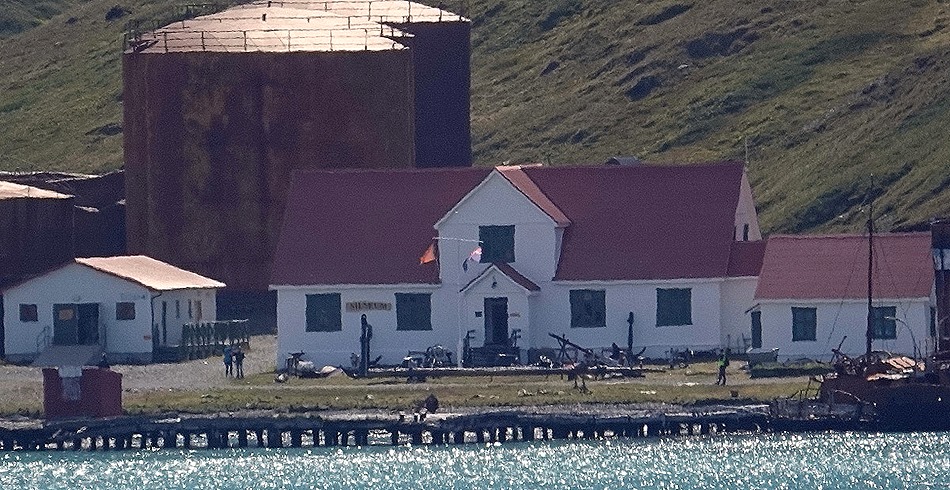

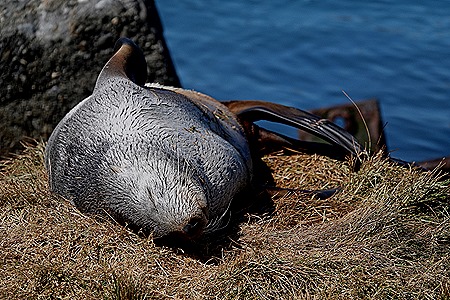
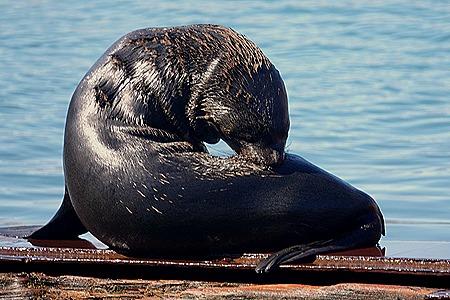


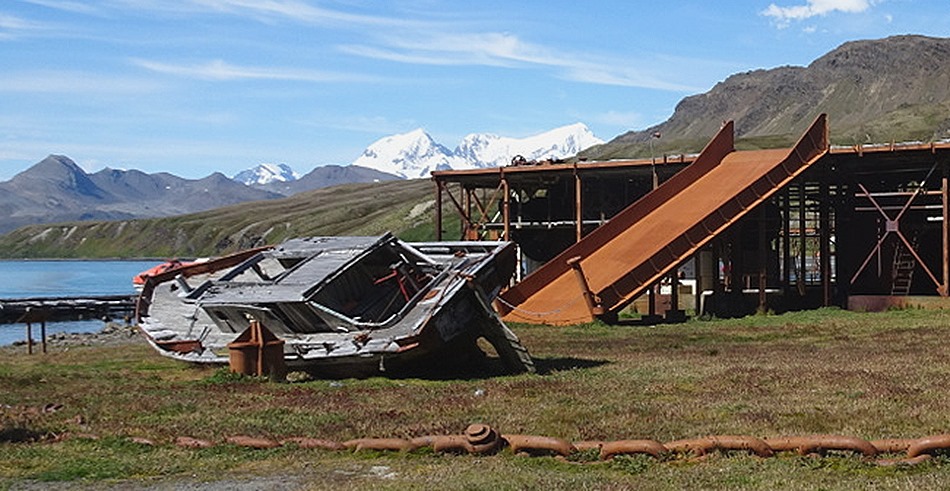

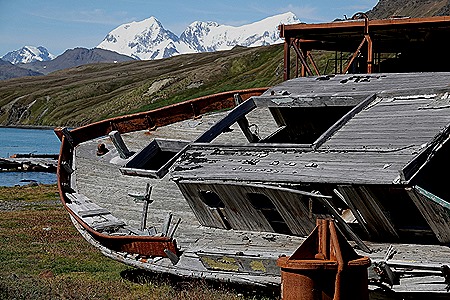
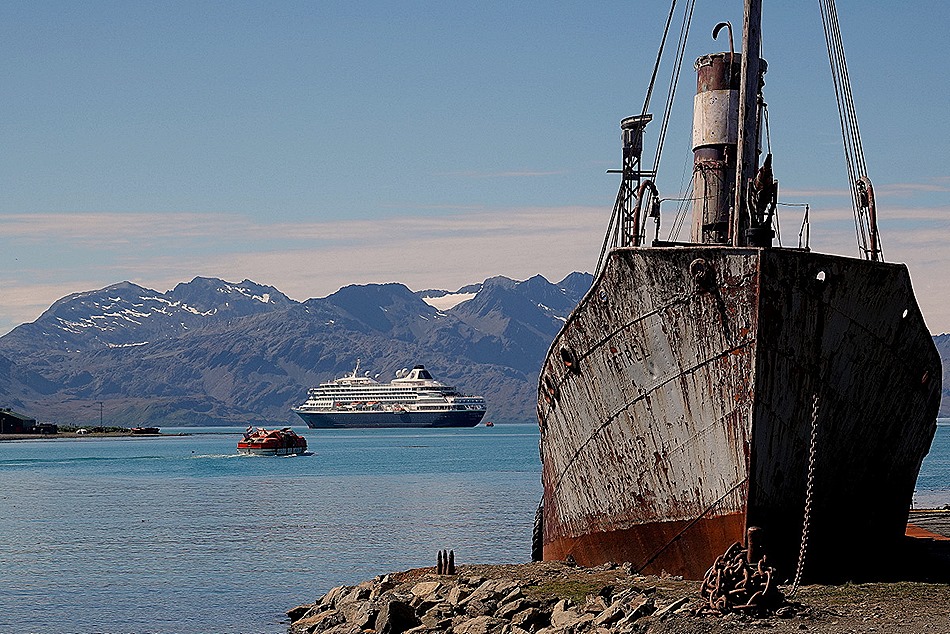

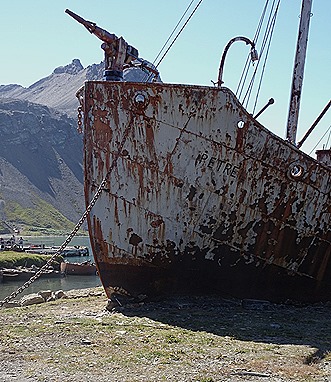



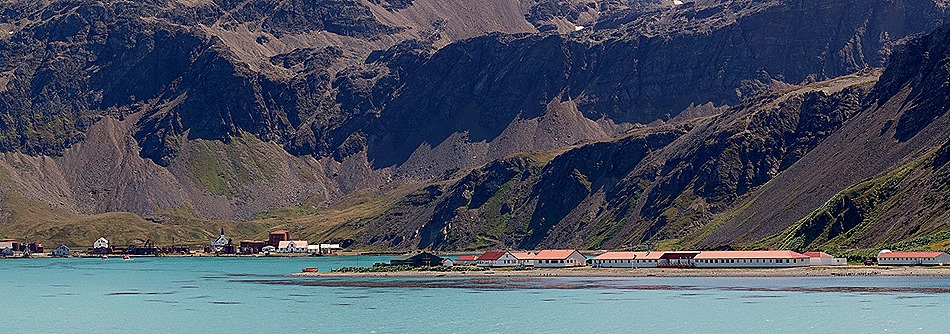
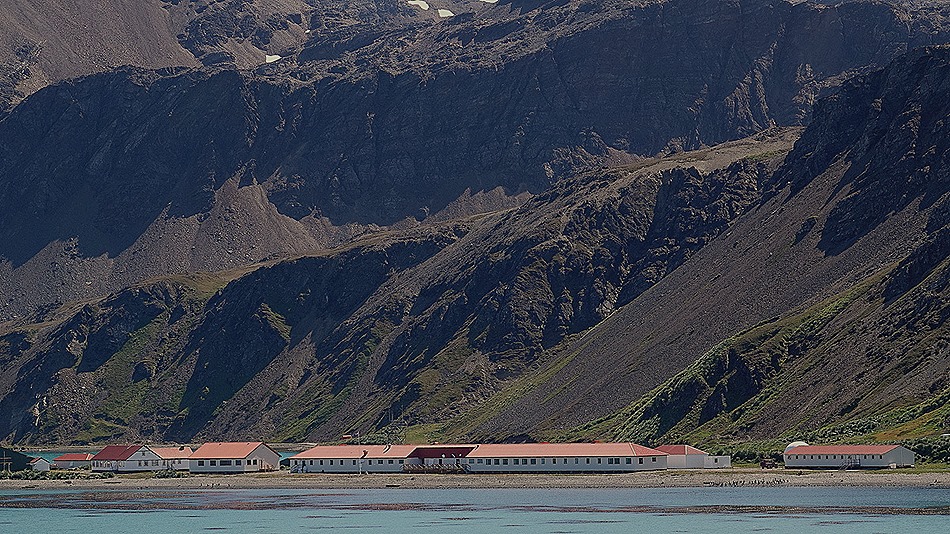

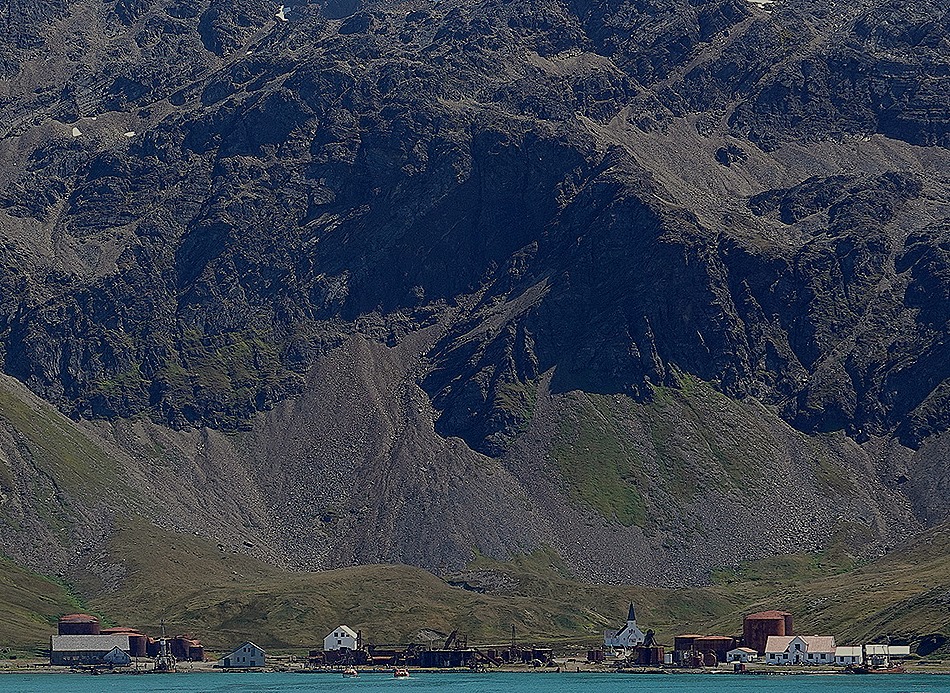

Great commentary on an extremely wonderful day. South Georgia was definitely the icing on the cake. And it was so great to see it on the Prinsendam which is now in dry dock in Hamburg, Germany having her name taken off. The last two months onboard were very special. And the last two weeks was like being on grand voyage. She is expected to sail for another 20 years. Enjoyed your photos also. Glad you included so many as this is one destination, I suspect that we will never see again.
July 9, 2019 at 1:11 pm
Those pictures are just beyond wonderful
July 10, 2019 at 2:40 pm